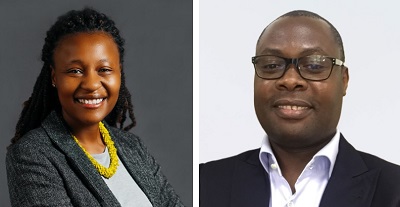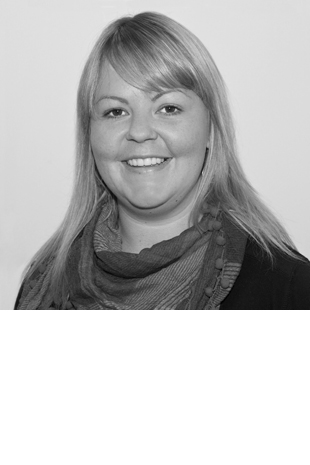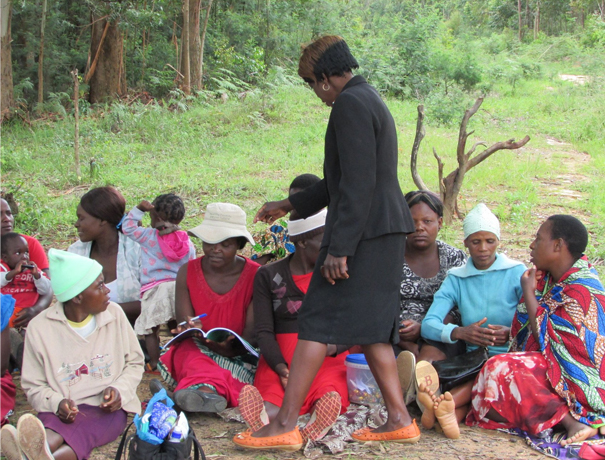Reflections on expressions of citizens’ agency: Community foundations in Zimbabwe
03 Dec 2020

(L – R) Eddah Jowah, Programs Manager & Tendai Murisa, Executive Director at the SIVIO Institute
Zimbabwe has hogged the media limelight for the wrong reasons in the recent past. The country has experienced a deep seated socio-economic and political crisis. Citizens have faced the brunt of the crisis. It is still not yet clear what has prevented collapse as anticipated by others. In our studies of community-based responses, we stumbled upon varying shades of solidarity which on the one end of the spectrum are highly formal organizations that are actively engaged in mobilizing resources from within and outside the communities and in others we saw loosely structured and at times seasonal formations that establish pools of solidarity. What do these community initiatives teach us?
We had to go back to the drawing room and try to understand the evidence coming from the field. In 2019 we developed and deployed a survey questionnaire which sought to understand the extent to which citizens engage in acts of peer-to-peer solidarity and giving. In that particular study we learnt that 91% of Zimbabweans are engaged in giving. In the same study we also learnt that a small minority of respondents were engaged in giving towards local and formally structured organizations. This study provided an empirical basis for a suggestion that had been made in literature on community philanthropy, that communities usually exhibit signs of solidarity / rallying together to support each other. Further, when the country experienced a cholera outbreak (2018) and natural disaster in the form of Cyclone Idai (2019) and now with the COVID-19 pandemic, a number of citizen-led processes and initiatives sprung up to mobilize resources which Murisa (2020) has referred to as ‘Ephemeral Philanthropy.’[1]
These findings combined with our long-term interest in encouraging local resource mobilization led us to seriously consider studying organized community giving. In the literature this is mostly referred to as ‘community foundations.’ As we began the journey of studying these, we quickly realized that looking for community foundations may actually limit the pool of entities to be studied. The term ‘foundation’ is rarely used in Zimbabwe – rather many non-profits are registered as trusts. Instead we developed a typology of what we were looking for. The entities to be studied had to combine at least three of these features:
- Formally registered.
- They are community / grassroots based.
- They are pooling local resources / assets (money, skills, knowledge, networks, etc.) from within the community and these resources are in some instances pooled with or combined with external resources.
- They work within a specific locale or community and are focused on improving the livelihoods of those within the specific community / ties they work in.
- They are involved in some sort of re-granting / grantmaking.
Our initial mapping identified 17 and out of this pool 11 agreed to be part of our study.
In this magazine we provide a brief profile of each organization as part of our baseline in the study of these entities. The magazine is part of an ongoing initiative aimed at raising the profile of community philanthropy and the entities that communities establish in pursuit of improving local level giving.
This is the first time that the majority of these organizations are being profiled for a bigger audience. A number of the entities (six out of the 11) do not have their own websites they use social media platforms such as Facebook for publicity.These organizations are spread across Zimbabwe and they are involved in numerous activities ranging from promotion of social justice, girl child empowerment, social and economic development, youth empowerment and the inclusion and empowerment of people living with disability.
One of the most significant findings is the extent to which communities are clearly co-investors in their own development, despite the limited resources available as highlighted by their small budgets – only three of the 11 organizations profiled indicated that they had annual budgets of over USD $100,000. The contributions of communities to these organizations goes beyond just money – members who are part of these community foundations also suggest programmes, projects and areas of focus, provide operational resources (land, buildings, transport) as well as volunteer their time by providing skills / labour. When we expand the concept of philanthropy / giving beyond just money it opens up a whole new world and opportunities for communities to realize that they are endowed with assets that can be deployed for the collective good. At times it is this realization that unleashes community agency to give and can be actively involved and take ownership of local development initiatives.
One of the lessons we learnt in the course of the interviews was the extent to which these formal institutions of giving create the difference. Communities that have local and structured forms of giving seemed to be able to respond to public problems quicker than those that have no formal structures. This claim will be subjected to further scrutiny when we carry out comparative studies in 2021. Furthermore, we intend to spend more time learning from these entities and in the process identify areas where we can collaborate with them for technical strengthening. We have developed a platform for technical backstopping of these entities through what we are calling the Philanthropy Lab. The Lab focuses on strengthening internal processes within community foundations through training and support towards enhancing internal governance, improving visibility, fundraising support and enhancing collaboration amongst like-minded institutions.
The magazine serves many purposes, it is also an initial directory of organizations involved in community philanthropy to identify who is doing what and where. It should also be seen as resource for those in community foundations where they begin to relate with organizations that look like theirs and, in the process, we hope to kick start conversations amongst practitioners. Finally, the magazine also provides evidence to debunk myths that confine philanthropy to giving by the rich only. Communities are actively engaged in shaping their futures albeit within a constrained context.
For more details on the organizations we profiled and how citizens are working together go to please see here!
By: Eddah Jowah, Programs Manager & Tendai Murisa, Executive Director at the SIVIO Institute
[1] https://www.tendaimurisa.org/thought/ephemeral-philanthropy-a-discussion-note/


